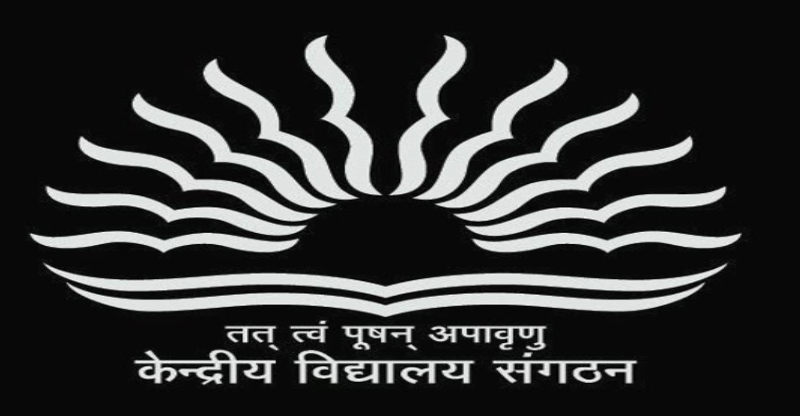KV Assistant Teacher Recruitment 2023
Prepare for KV Assistant Teacher Recruitment 2023 with this Practice Set and evaluate your preparation for the exam.
For more Practice Sets- CLICK HERE
KENDRIYA VIDYALAYA PRACTICE SETS PREVIOUS YEAR PAPERS assistant teacherassistant teacher free practice setDelhi Subordinate Service Selection Boarddssb prtdsss mock testdsssbdsssb answer keydsssb assistant teacherdsssb free mock testdsssb free practice setdsssb prtdsssb prt answer keydsssb prt free mock testdsssb prt free practice setdsssb prt mock testdsssb prt practice questionsdsssb prt practice setdsssb prt question paperdsssb prt testdsssb question paperfree mock testfree practice setkendriya vidyalayakendriya vidyalaya answer keykendriya vidyalaya free mock testkendriya vidyalaya free practice setkendriya vidyalaya mock testkendriya vidyalaya practice setkendriya vidyalaya previous year question paperkendriya vidyalaya primary teacherkendriya vidyalaya prtkendriya vidyalaya prt answer keykendriya vidyalaya prt practice questionskendriya vidyalaya prt question paperkendriya vidyalaya prt teacherkendriya vidyalaya question paperkendriya vidyalaya teacherkendriya vidyalaya teacher vacancykvkv free mock testkv free practice setkv previous yearkv previous year question paperkv primary teacher mock testkv primary teacher practice setkv prt free mock testkv prt free practice setkv prt mock testmock testprimary assistant teacherprimary teacherprimary teacher free practice setprt free mock testprt free practice setprt mock tesprt mock test
